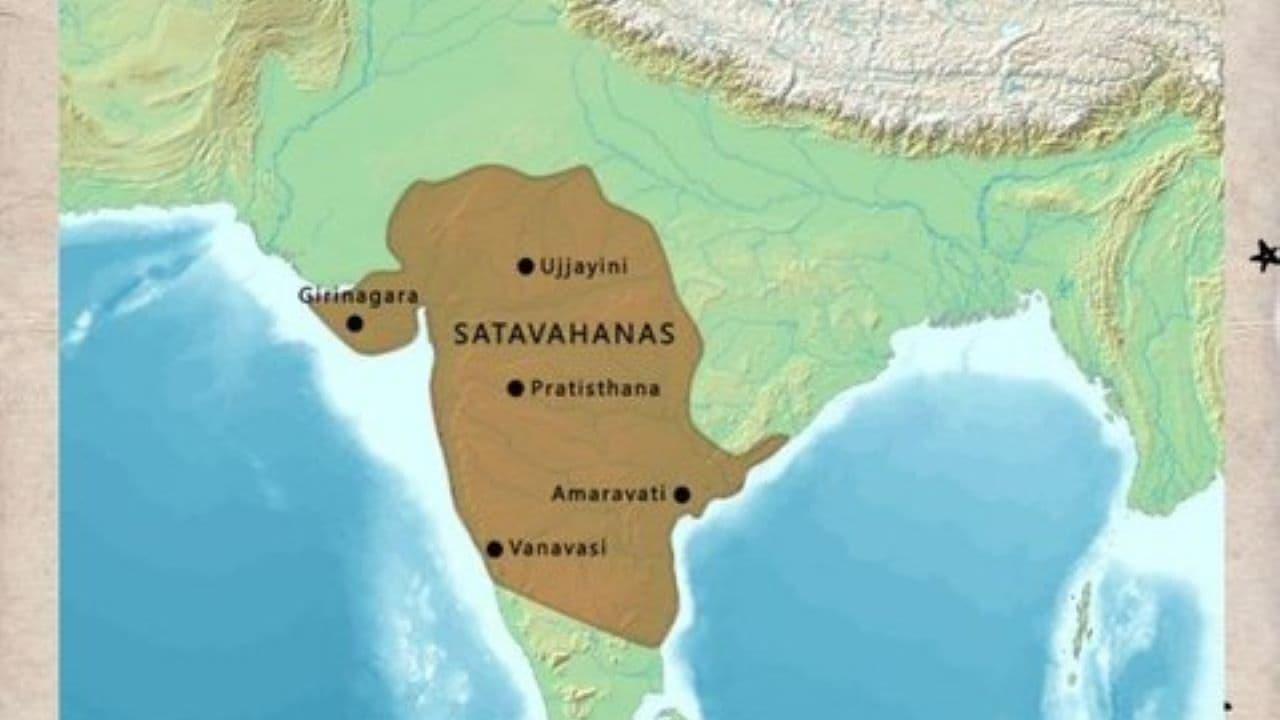Top 5 Historical Facts About Telugu People You Probably Didn't Know
Telugu people have a rich legacy that blends culture, literature, and politics. Here are five fascinating historical facts about Telugu icons you probably didn't know.
Today, Andhra Pradesh and Telangana are distinct political entities, yet the historical bond among Telugu people is intact. The divided state was for various reasons political and administrative, yet there is an unbroken string of the Telugu language binding both regions. Contrary to resources, dialects, traditions, and cultural practices, the identity of being Telugu people unites everyone. Every Telugu person feels so much pride whenever the Telugu language and its great icons are celebrated. Let's now dive into some historical facts of significance regarding Telugu personalities.
The first Telugu poet is said to be Nannayya. He was one among the three poets who translated and wrote the Mahabharata in Telugu. This work is referred to as the first among literary works in Telugu. Nannayya was the court poet of King Rajaraja Narendra.
Neelam Sanjeeva Reddy is the only Telugu politician to have taken to the office of the President of India. He was also the CM of united Andhra Pradesh and served both as a Speaker of the Lok Sabha and even president of the Congress party. Born in 1913 into a peasant family in Illuru village in Anantapur district, he reached the greatest heights of national politics before his death. He died in 1996.
Pamulaparthi Venkata Narasimha Rao can boast to being the first and only Telugu leader, indeed the first from the South, to hold the office of Prime Minister of India. Earlier, he had been Chief Minister of united Andhra Pradesh and served even as Union Minister. Rao was the first Telugu to be conferred the Bharat Ratna. Born in a farming family in 1921 in Laknepalli, Warangal district (now in Telangana), his political journey remains an inspiration.
Freedom fighter Tanguturi Prakasam Pantulu became Chief Minister of Andhra State, inaugurated in 1953, which consisted of the Telugu-speaking areas of the then Madras State. Notably, he had already had a stint at being Chief Minister of Madras before Andhra State was formed.
Legal Disclaimer:
MENAFN provides the
information “as is” without warranty of any kind. We do not accept
any responsibility or liability for the accuracy, content, images,
videos, licenses, completeness, legality, or reliability of the information
contained in this article. If you have any complaints or copyright
issues related to this article, kindly contact the provider above.
Most popular stories
Market Research

- Barunson, Studio Behind Parasite, To Launch Nplug IP Remixing Platform On Story And Bring Flagship IP Onchain
- Financewire And Tipranks Partner To Redefine Financial News Distribution
- “Farewell To Westphalia” Explores Blockchain As A Model For Post-Nation-State Governance
- Forex Expo Dubai 2025 Returns October 67 With Exclusive Prize Draw Including Jetour X70 FL
- Fitell Corporation Launches Solana (SOL) Digital Asset Treasury With $100M Financing Facility, With Focus On Yield And On-Chain Defi Innovation
- Pepeto Highlights $6.8M Presale Amid Ethereum's Price Moves And Opportunities






















Comments
No comment